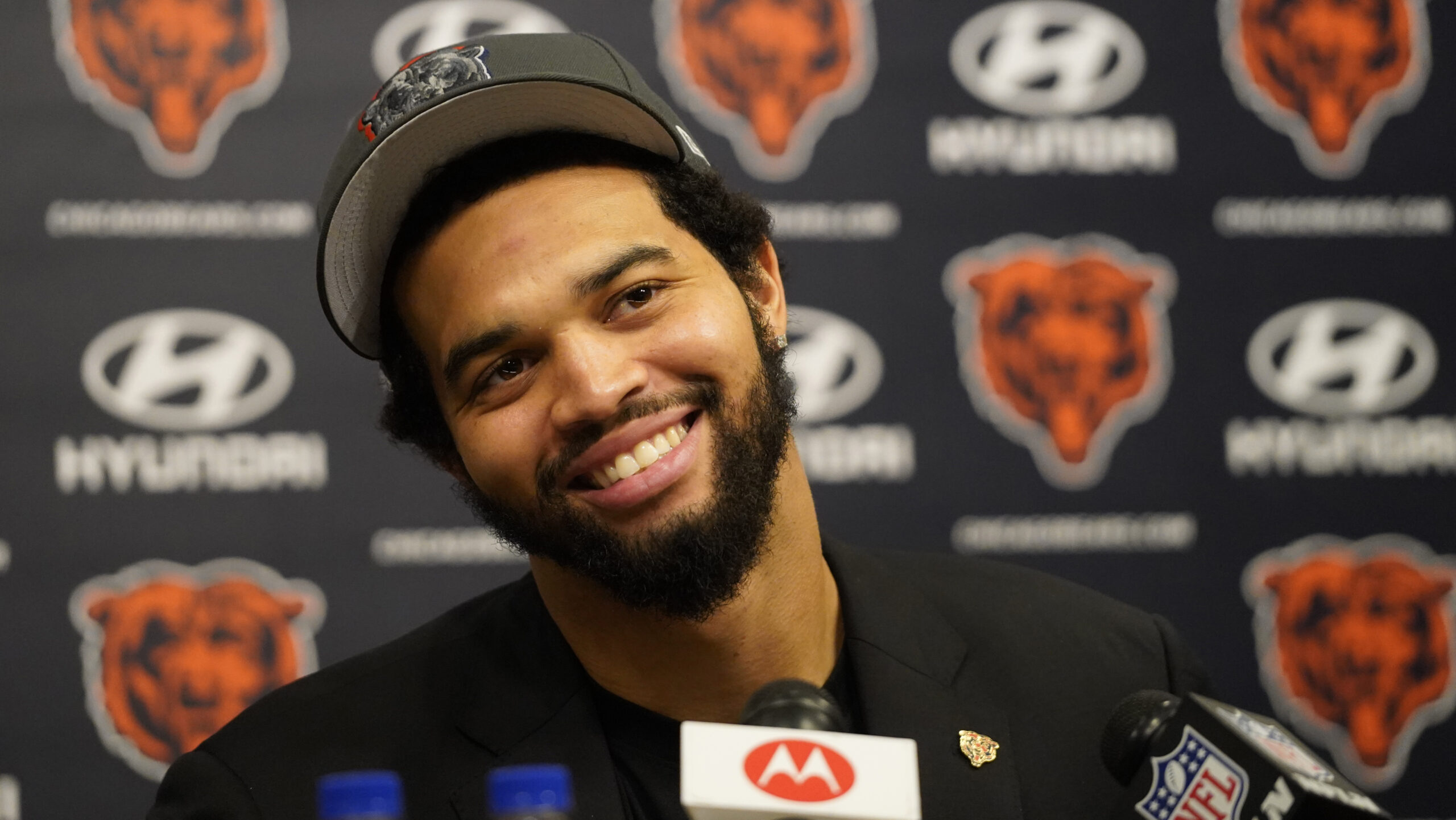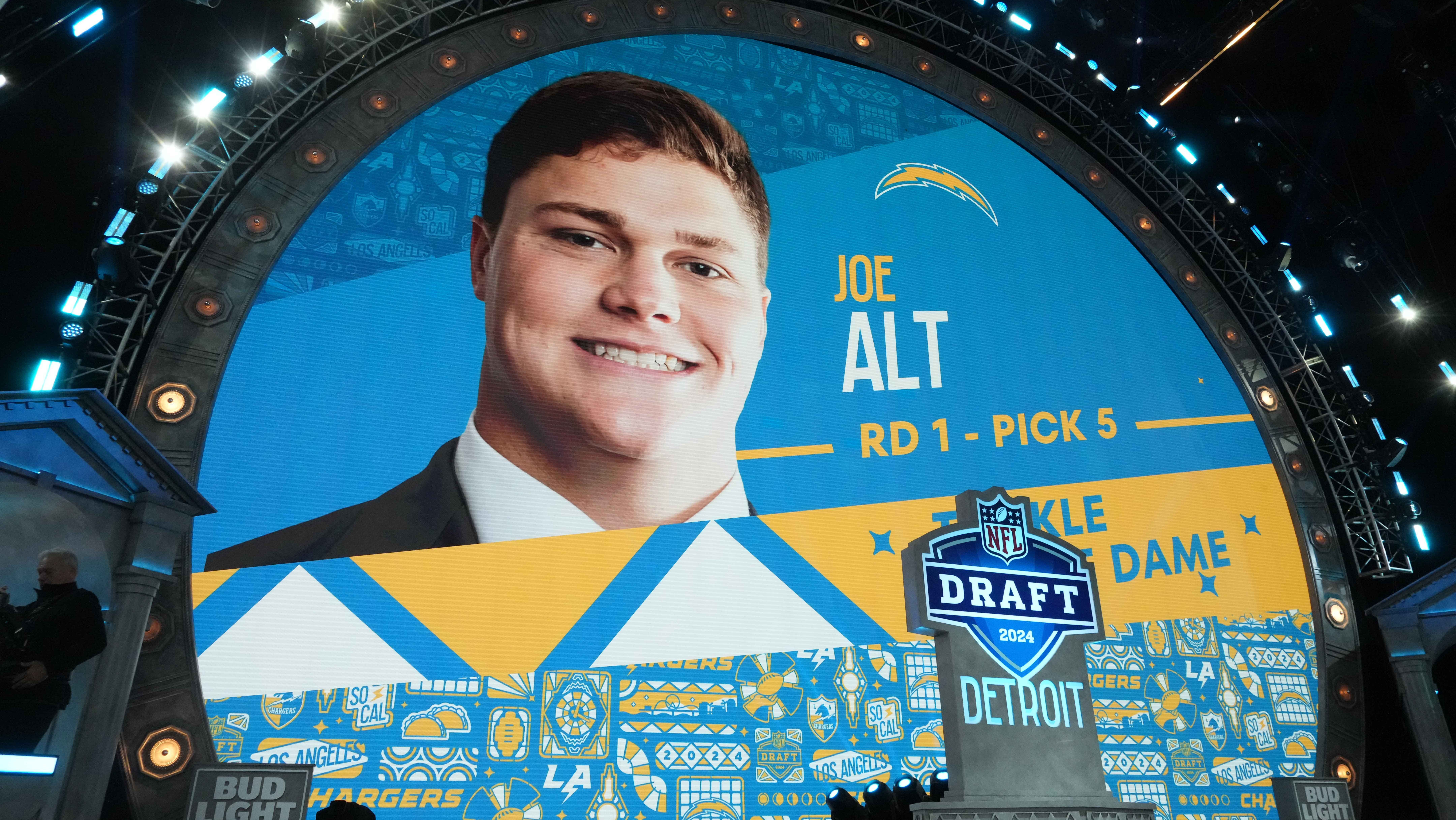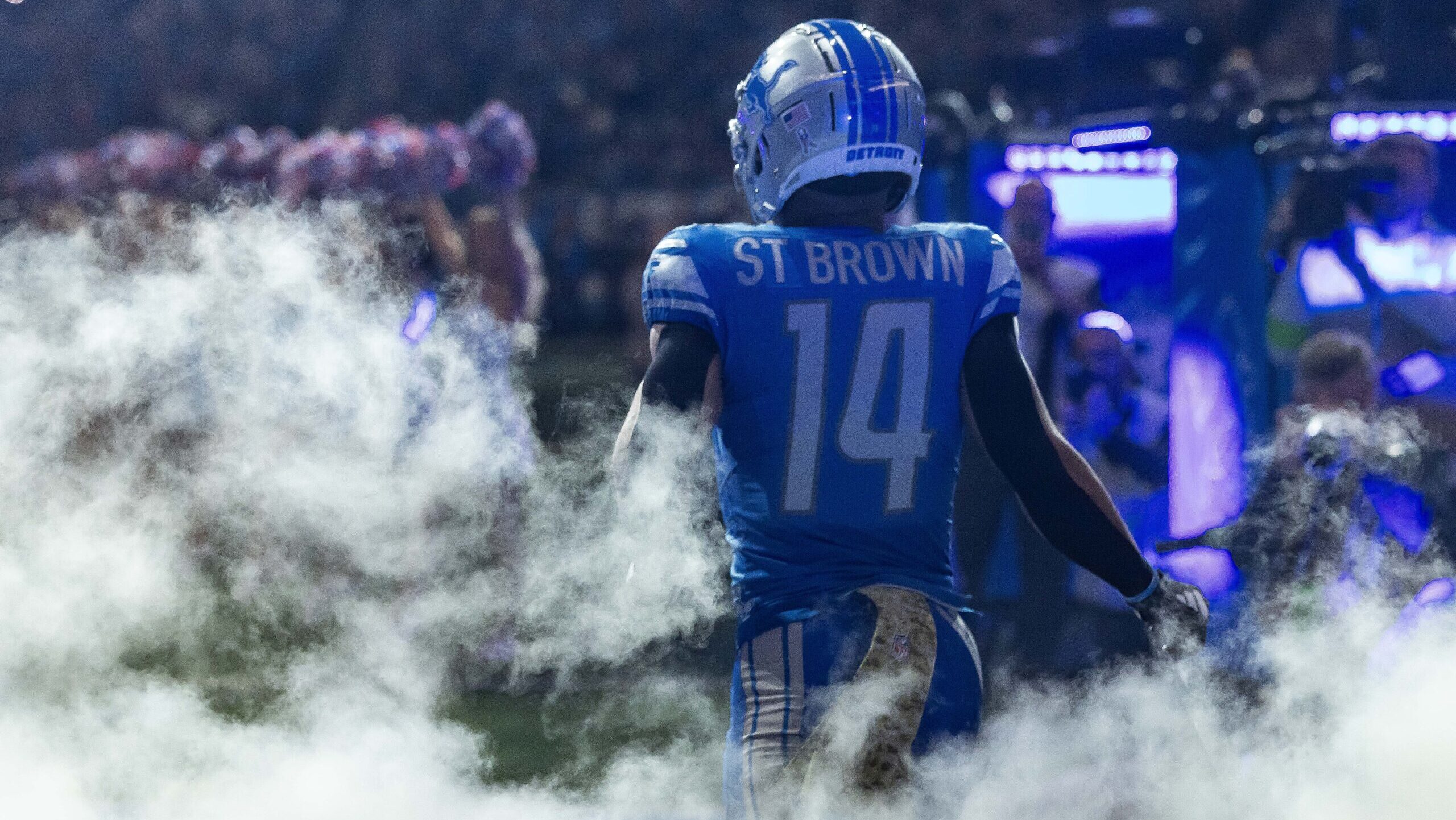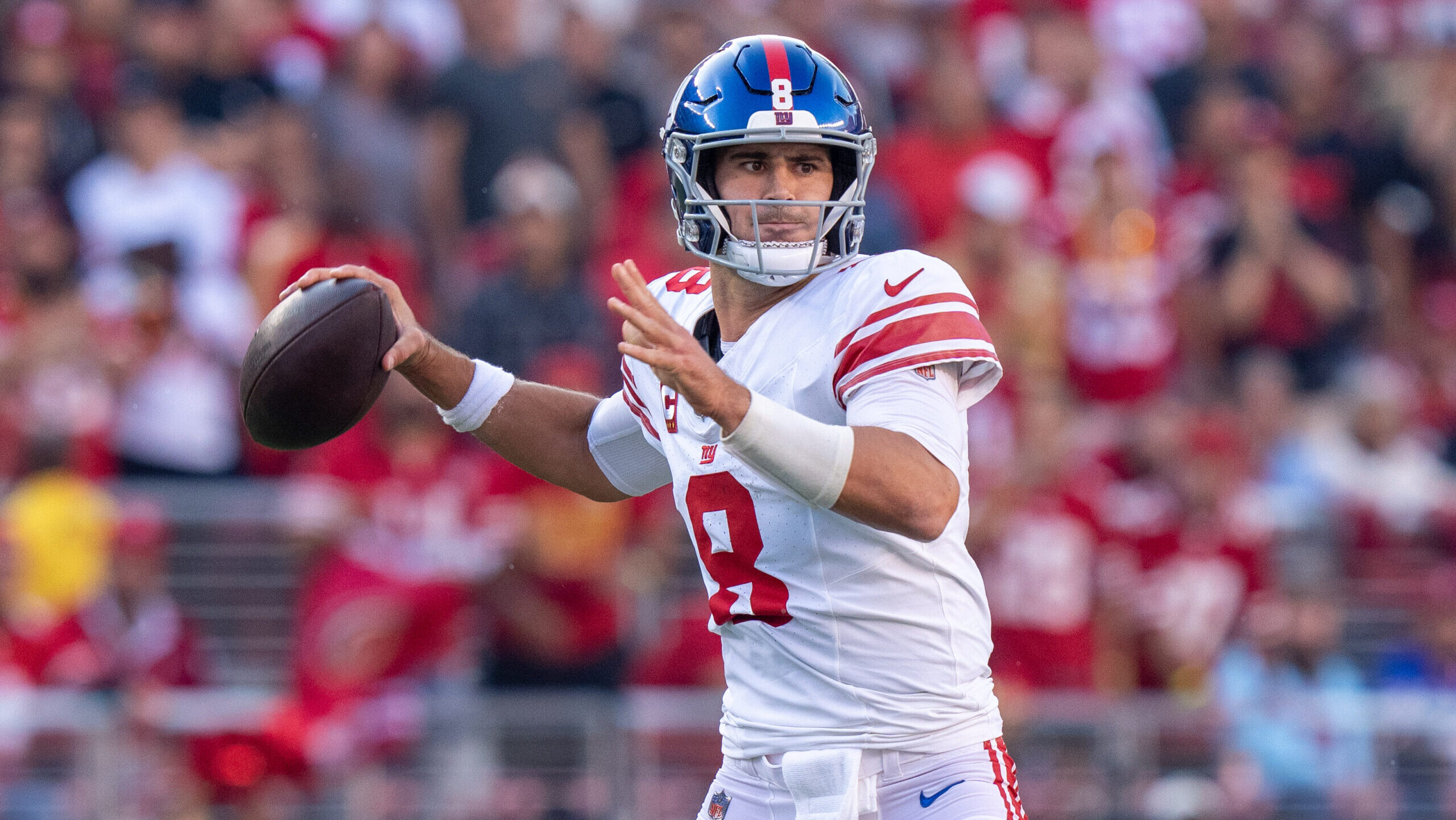Analysis
8/17/23
5 min read
Will College Football Conference Realignment Shrink Viewing Audience?
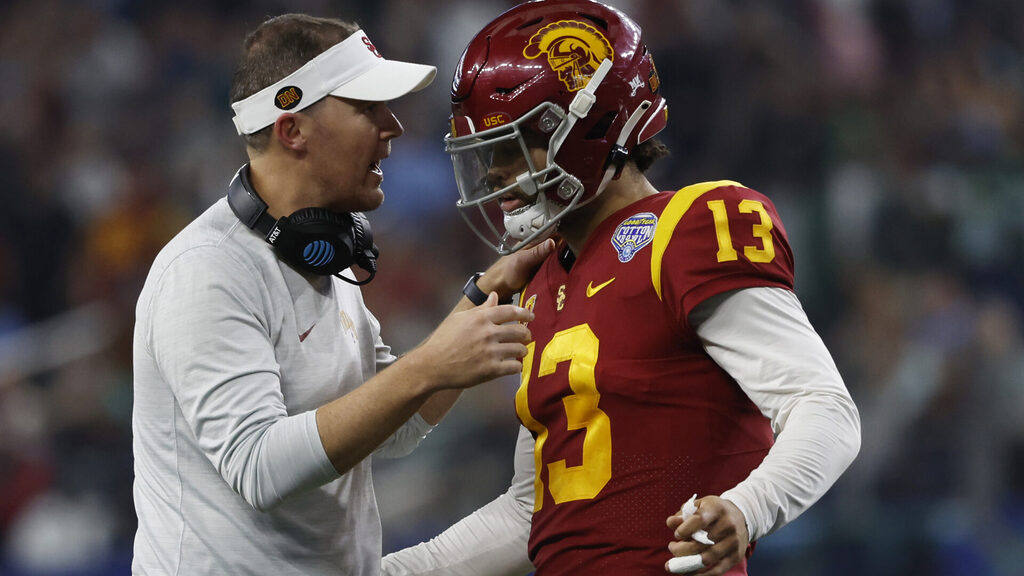
It’s not smart to alienate your audience in an entertainment business.
Actually, it’s idiotic. You don’t see Beyoncé or Adele telling anybody not to come to their shows. Christopher Nolan and Matt Damon aren’t telling fans, “Yeah, 'Oppenheimer' is not for you.”
Yet somehow, the media executives who run college football (and make no mistake, it’s the people from FOX, ESPN, CBS and NBC who ultimately control college football) are hell-bent on telling a massive portion of the college audience to take a hike.
If you’re NFL Commissioner Roger Goodell and, more specifically, the NFL owners he works for, this should concern you. Anything that either limits the public’s potential to fall in love with or at least enjoy football should be of massive concern to the league that depends on growing the passion of fans from a young age.
Or as one NFL team president said: “I’m not sure what we can do about it, but it doesn’t feel like a good move … I don’t know how to measure the impact of how fans are going to react, especially since it hasn’t all happened yet. You don’t know where it’s going to end up.
“But yeah, you always want more people loving football, not less. That’s not some great revelation.”
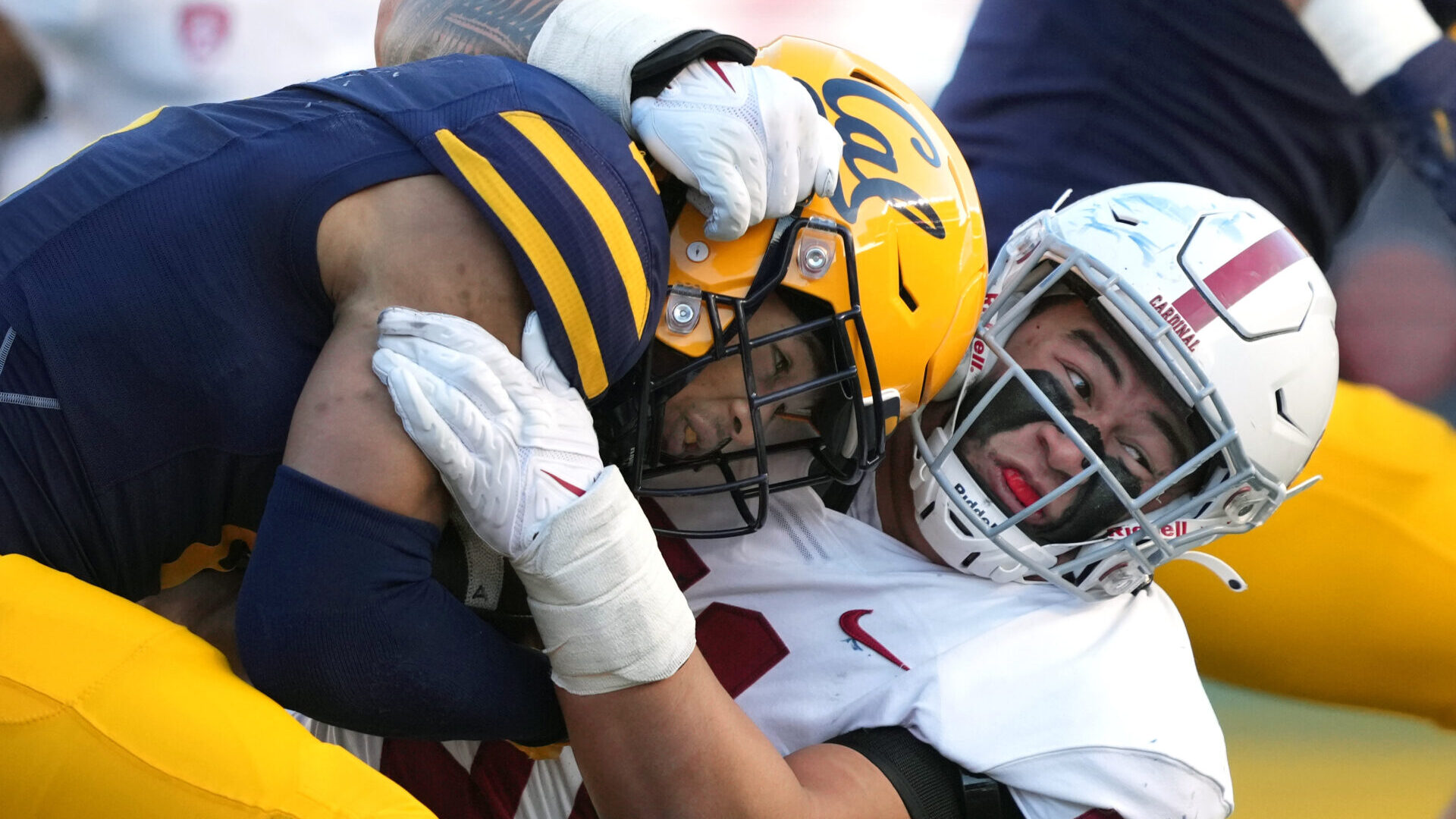
Lesser Schools Get Shut Out
Plenty of college-age potential football fans are about to be disenfranchised. Suppose you’re a fan of Appalachian State, Bowling Green, Washington State, Oregon State, Stanford, Cal or various other college programs that are either not in a major conference or are in danger of being excluded from a major conference. Your team is about to be relegated to irrelevant status in that case.
In the next five or six years, the networks (and then the streaming services that will eventually buy the networks) will continue to realign college football into a model that completely mirrors the NFL.
As one prominent and powerful media executive explained a year ago in a background conversation, the networks want to slash the current pool of 133 Division I Football Bowl Subdivision schools to a 64-team pool. Those 64 would be divided into four 16-team conferences and, presumably, eight eight-team divisions.
That would provide the latticework for scheduling games and creating rivalries. Most importantly, it would set the stage for a 16-team (or even 24-team) playoff, which would be a ratings bonanza.
The downside is the other 69 programs can basically kick rocks in the eyes of the network people. Those programs don’t get to be part of the party, and there is a strong likelihood that if those schools don’t make much money from media rights deals, they might not continue even to play football anymore.
It is not a stretch to say Appalachian State or even Stanford could go the way of the University of Chicago, Santa Clara University and Long Beach State and drop football altogether.
And if you take the pool of fans from those schools and extrapolate it over time, you are hurting the audience for football.
Worse, football loses its egalitarian beginnings. The roots of football grew in the rock-strewn fields of America’s coal country, eventually stretched to the grounds of America’s top colleges, and then ended up as the nation’s biggest sports entertainment business. At its core, football was and has always been a sport for everyone.
Much More Jumbling to Come
By the time realignment is done – and everybody from Nebraska Athletic Director Trev Alberts to ESPN analyst Kirk Herbstreit keeps saying there’s more to come – greater than half the schools currently playing will likely be excluded from a shot at the big time.
If you’re not at Alabama, Michigan, USC, Texas or some other prominent school with media companies' attention, you don’t count in the process. You don’t get to start every season hoping for a Cinderella story about how your team might win a national championship.
You don’t even get the hope of a David vs. Goliath moment, such as when Appalachian State beat Michigan in 2007. The very moments that capture our attention and make us love football are, to twist a Bob Marley phrase, killed before they grow.
College football just gets packaged as some corporate media programming to be used on all the days the NFL hasn’t already gobbled up and used to sell subscriptions and chase eyeballs. By the way, make sure to buy our streaming service with all the add-ons and crappy “behind-the-scenes” interviews that aren’t staged or edited (wink, wink).
But I digress. The point is that what the networks are doing to maximize the profit from the popularity of the prominent schools is simultaneously excluding thousands of fans from less-prominent schools.
Ultimately, that’s not healthy for the game. It’s unhealthy if you constantly need to grow and regenerate your audience, which is exactly what the NFL and college football must do. It’s easy to dismiss the large impact and pretend that nothing will ever hurt football. After you say that, you might want to cue up soundbites from baseball executives in the 1960s who said football would never surpass Major League Baseball as the national pastime.
The reality is this is bad for business on a macro level, and the NFL is football on a macro level. If the NFL is to survive and remain healthy long-term, it must ensure all its potential fans are watching and falling in love with football.
Jason Cole has covered or written about pro football since 1992. He is one of 49 selectors for the Pro Football Hall of Fame and has served as a selector since 2013. Cole has worked for publications such as Bleacher Report, Yahoo! Sports, The Miami Herald and The Fort Lauderdale Sun-Sentinel. You follow Jason on Twitter @JasonCole62.



